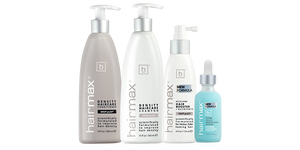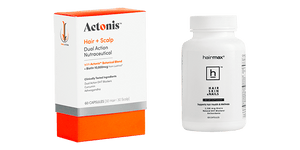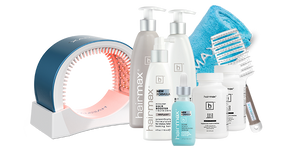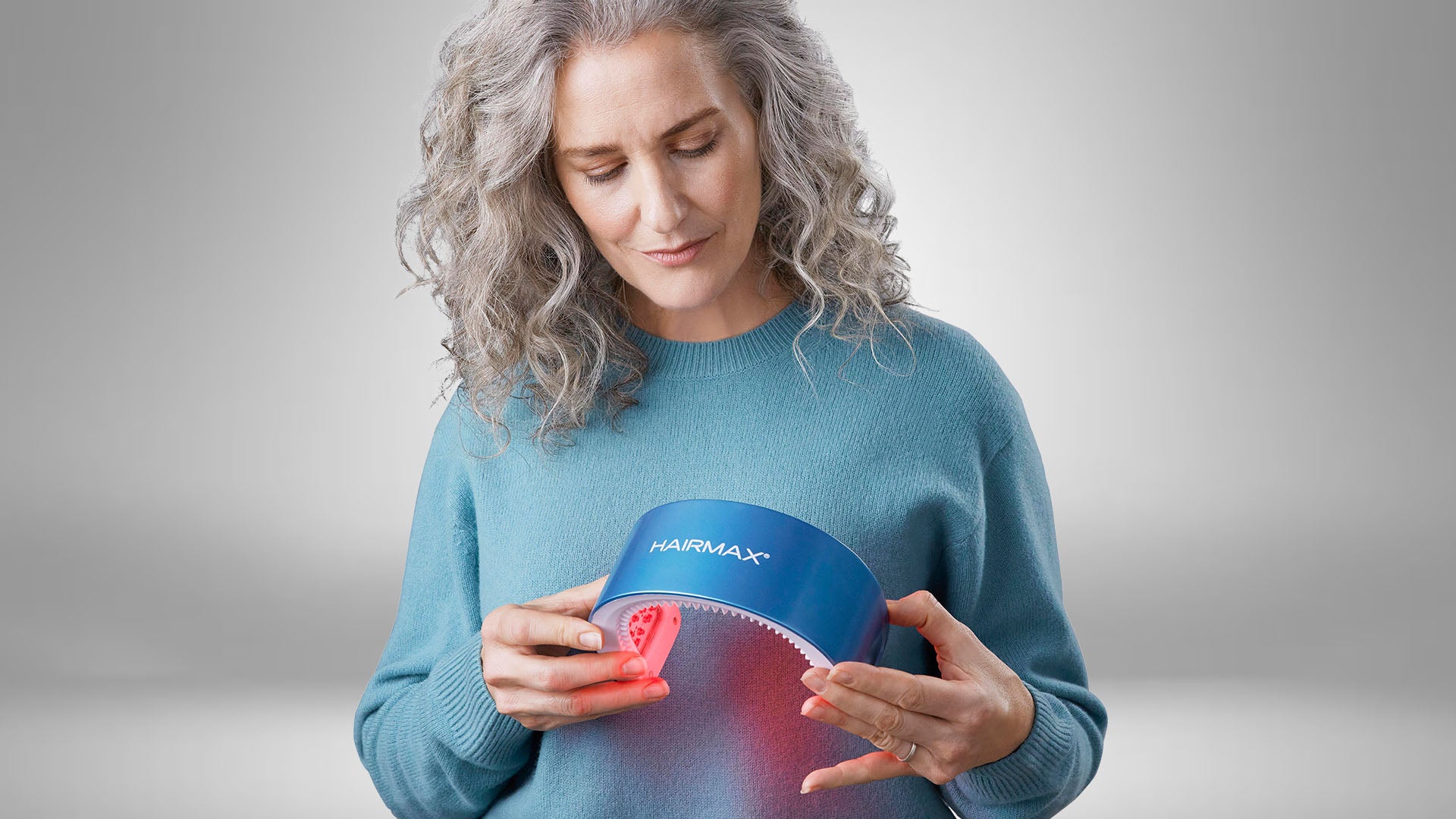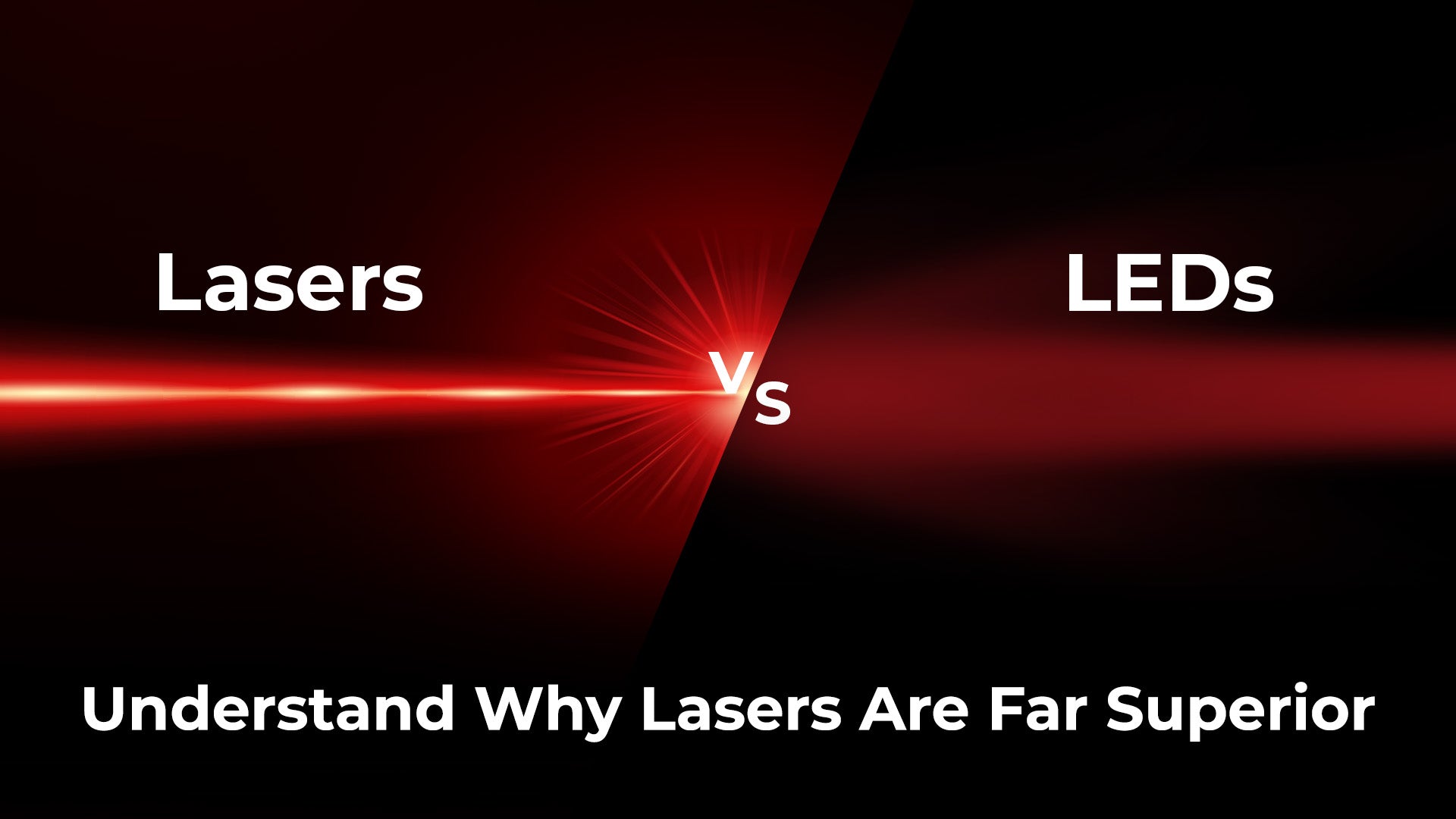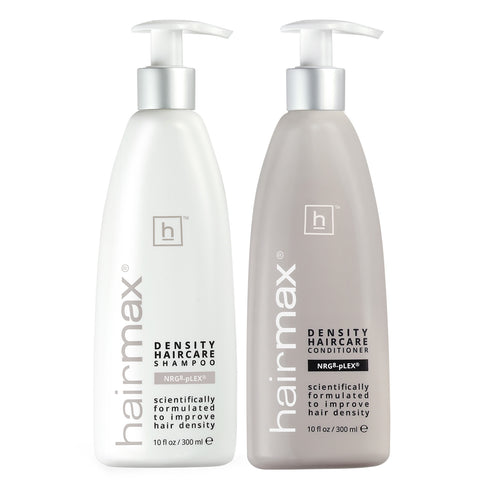The 510(k) submission is the primary mechanism by which medical devices are accepted to the market in the US. The FDA requires data to back equivalence claims, descriptive data and performance data to support this type of submission.
There is a general misperception that the FDA clears medical devices for marketing only based on proof of the safety. That assumption is not correct in all cases, as there is also an analysis undertaken to review clinical data to substantiate the medical claims for a new device.
The purpose of a 510k submission to the FDA is to demonstrate that a device is “substantially equivalent” to a predicate device (one that has been cleared by the FDA or marketed before 1976). The submission compares and contrasts the subject and predicate devices, explaining why any differences between them should be acceptable.
While human data is not required for all 510(k), in many cases efficacy data from well-controlled clinical studies are required especially for new indications. According to an official with the FDA, Many of 510(k) submissions contain or require clinical data to demonstrate substantial equivalence”. This is especially true for a new indication such as “promotion of hair growth” with lasers.
The HairMax LaserComb was subject to this more stringent requirement and the submission of a large clinical study complying with all Good Clinical Practices in support of the efficacy of the device, led to the clearance to market the HairMax LaserComb by the FDA in 2007.
There have been allegations that the 510(k) process for clearing new medical devices might be ‘cursory’. In a letter to the N.Y. Times newspaper in November 2008, the Director of the Center for Devices and Radiological Health, FDA responded to this allegation as follows:
“……….under the congressionally established 510(k) process, the FDA often reviews laboratory and clinical data to substantiate the medical claims for a new device, based on the product’s nature and potential risk.
The data are then reviewed by experts within, and sometimes outside, the FDA. The 510(k) process is an important tool for ensuring that devices entering the market do not raise new questions regarding safety or effectiveness”
In conclusion, the 510(k) submission process is a rigorous one that leads to clearance to market a device, but also requires adherence to strict manufacturing and quality controls. The HairMax LaserComb is the only Laser Phototherapy Device to be given clearance to market by the FDA for the regrowth of hair in males with certain classes of androgenetic alopecia.

